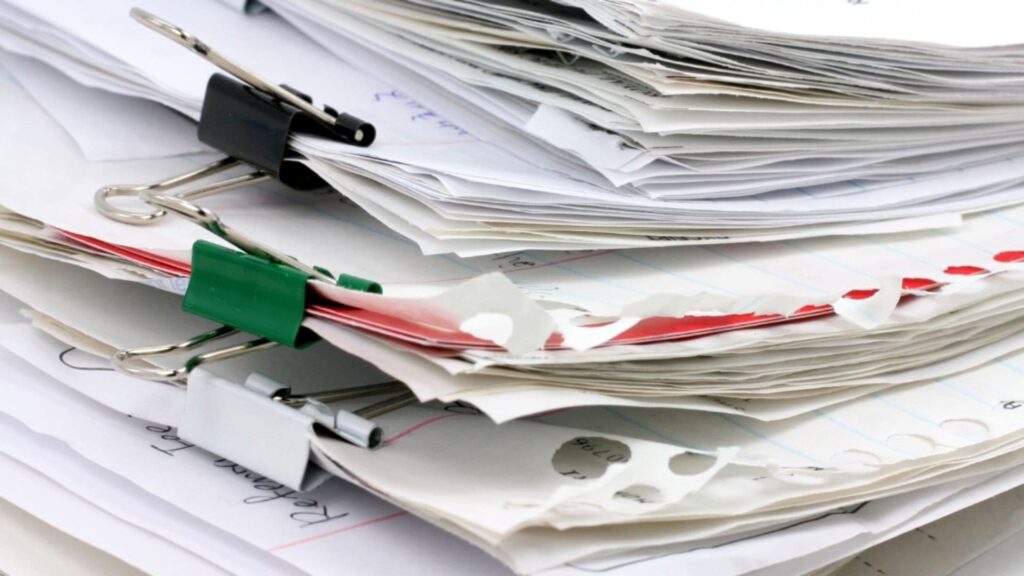
If you’ve ever encountered the phrase “discharge of tax lien,” you know it’s a financial lifesaver—especially for property owners hoping to sell, refinance, or restore peace of mind! A tax lien is the government’s claim against your property when you owe back taxes, and a discharge of tax lien is an official IRS action that removes its hold from a specific piece of property. In this ultimate guide, we break down the nuts and bolts of tax lien discharge: how you qualify, the benefits for real estate transactions, forms required (like IRS Form 14135 for Certificate of Discharge), and how discharged tax liens differ from release or withdrawal. Whether you’re a homeowner, investor, or business owner, understanding “discharge of tax lien” unlocks financial freedom, clears up your property’s title, and helps you reclaim control of your assets without unnecessary headaches or delays.
What is a Tax Lien Discharge?
A “discharge of tax lien” means the IRS has agreed to remove its legal claim from a particular property—even though the tax debt itself may still exist. This is different from a “lien release” (which ends the IRS claim on all your property once your debt is paid off) or “withdrawal” (which erases the lien’s public record). A discharge is a targeted removal to let you sell or refinance one specific asset, often a home, land, or business equipment, even if your full tax bill isn’t paid yet.

When Do You Need a Discharge of Tax Lien?
You’ll want to seek a discharge if:
- You’re selling property but a federal tax lien clouds the title.
- You want to refinance or transfer property to a family member.
- There’s a need to subdivide real estate affected by a lien.
A discharge “unties” the property, allowing the transaction to proceed and giving buyers or lenders confidence in clear ownership.
How Do You Qualify for a Lien Discharge?
The IRS will consider a discharge if:
- The government receives an amount equal to its interest in the property (often from the sale proceeds).
- You’re selling property with little/no IRS equity in it.
- You’re refinancing to improve their chances of repayment.
- You meet other qualifications under Internal Revenue Code Section 6325(b).
It’s essential to document your need for release and, typically, to provide a copy of the sales contract, title report, property appraisal, lender requirements, and payoff statements.
The Discharge Process Step-by-Step
- Prepare IRS Form 14135 (Application for Certificate of Discharge):
- Fill out detailed information about the property, the transaction, and your tax debt.
- Gather Documentation:
- Purchase contracts, payoff letters, appraisals, title searches, and evidence of the property’s value and encumbrances.
- Submit the Application:
- Send your completed packet to the IRS Advisory Group for your location at least 45 days before closing or as early as possible.
- IRS Review & Decision:
- The IRS reviews your documents, may request more details, and determines whether it will issue a Certificate of Discharge.
- Close the Deal:
- If granted, you’ll get an official Certificate of Discharge (IRS Form 669-A), which you’ll file with your local records office to lift the lien from the property—freeing up the sale, refinance, or transfer.
Tips for a Successful Discharge Application
- Apply Early: Discharges take time, so start well ahead of deadlines or closing dates.
- Stay Organized: Keep all required documents ready and respond promptly to IRS follow-ups.
- Get Professional Help: Tax attorneys or experienced Enrolled Agents can smooth the process and make your case more compelling.
- Know Your Options: If a full discharge isn’t possible, the IRS may still work with you on partial releases or subordinate the lien for other deals.

Alternatives to Discharge: Release, Withdrawal, Subordination
- Release: Removes the lien entirely once the tax debt is paid.
- Withdrawal: Removes the public notice of lien, but the IRS claim remains.
- Subordination: Lets another lender “jump ahead” of the IRS in priority for loan approval—useful for refinance or securing additional funds without a full discharge.
What Happens After the Discharge?
- The property is freed up and the transaction can proceed!
- However, the IRS may still have a claim on your other assets—discharge applies only to the specific property named in your certificate.
- Stay on top of your remaining tax debt and work with professionals to ensure full release or withdrawal if you’re able to pay off your bill.
Frequently Asked Questions (FAQs)
What is a Certificate of Discharge from the IRS?
It’s an official document that removes a tax lien from a specific property, letting you sell, refinance, or transfer it—even if you still have unpaid IRS taxes.
Does a discharge erase my tax debt?
No, a discharge only removes the lien from a particular property; you still owe the tax debt unless you also obtain a release or pay off the liability.
Godspeed—may your property deals close quickly and your financial fresh start begin today!